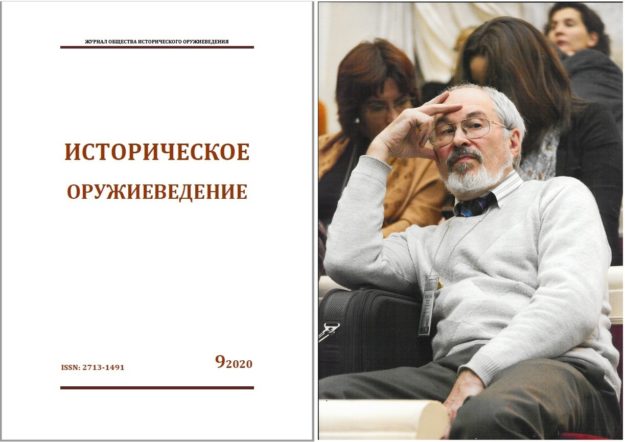“Weapons History Journal”, 9, 2020
Interview with Yuri G. Efimov Evgeniy A. Rodionov Weapons by Michele Lorenzoni in the Collection of the Gatchina Palace Elena I. Malozyomova European Elements in the Military Culture and Weapon Use in Iran Vsevolod N. Obraztsov, Yuri A. Pyatnitsky A saber with an Image of St. George from the Collection of the State Hermitage Museum Alexander N. Tchubinskiy On the Inventory of Boris Godunov’s Weapon Treasury. The year of 1588 Nadejda R. Biskup The Collection of Corps Weapons from the State Hermitage Museum “Arsenal” Yelizaveta I. Neratova A sword, a suit of armour and a quiver to be presented to Nicholas II Vasiliy R. Novosyolov An officer’s Fate. Junior Captain A. G. Erkudov’s small sword with an award badge of the Order of St. Anne Andrey E. Bogdanov On the Origin of Armour-marking in the German-speaking Lands Download issue in Russian

